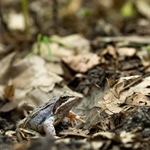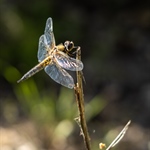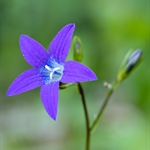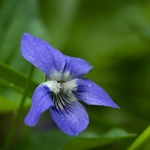MyOMSYSTEM Exif Image Data
| Camera: | E-M1MarkIII |
| Lens: | OLYMPUS M.12-45mm F4.0 |
| Aperture: | f/5 |
| Focal Length: | 42 mm |
| Shutter speed: | 1/250 s |
| ISO: | 200 |
| Flash: | Flash did not fire, compulsory flash mode |
| Taken: | 2021:02:24 21:19:38 |
| Licence: | You can contact me if you are interested in this or that picture. |
MyOMSYSTEM Report Abuse Link
MyOMSYSTEM picture description and tags
Piękny dzień, zimowy, choć już prawie wiosenny. Kojąca leśna cisza, z rzadka wzbogacana klangorem żurawi. Drobne ptactwo budzi się z zimowego odrętwienia i rozpoczyna śpiewy. A na śródleśnych stawach jeszcze lód.





Comments
rob kaptein The lens definitely played a part. But I'd say the light on that sunny winter afternoon contributed a lot as well. Also, I think the "otherworldly" tones overall are due to the specific way the Oly processes jpegs. I shoot raw (.ORF) for flexibility but I must say that when I convert them into jpegs in Olympus Workspace, which is basically what you get when you process the files in-camera (in comparison, OW offers more gradation in the settings and there are a few extra options), I rarely touch a thing except the export button. And the Oly rendition of colors is difficult to recreate in, say, Adobe Lightroom. It is doable, but takes a while of tinkering. In demanding lighting conditions, detail is lost in the shadows and highlights, and trying to bring it back either in-camera or in OW is most often ineffective: the blacks become uniformly gray, the whites turn into haze. In such situations, I try to make the best use of the particular contrasty scene, focusing on the main subject and letting the rest be; or change perspective so the light falls on and reflects off the various surfaces differently; or wait for a better moment; or try to salvage the data buried deep in those blacks and whites by using AL. (There's also the AUTO gradation setting both in the camera and in OW. Some people scoff at it, saying it produces an artificial-looking, HDR-like effect at best; but I've found it helpful on quite a few occasions.) But I must say getting it right in the camera is always my goal. When I went for a trip last year, I happily used in-cam processed jpegs when I shared them online and sent them to family, and they were of better quality than anything I had ever been able to achieve with digital cameras. As for the 12-45: If I were to pick just one lens for my purposes, this would be it. It's light, compact, sharp, multi-purpose. It is good for landscapes, close-up, even some portraiture. Lens flare, sensor flare, ghosting — these are well-controlled, better than on the 12-40. There are workarounds to achieving a softer background if the f/4 aperture looks scary, too. The one thing I'd sometimes like to have is the f/2.8 of the 12-40, not for the shallower depth of field but for the extra stop of light for when I want to shoot a short clip in a dimly lit hotel room after a hike. F/2.8 is enough to keep the head in focus while allowing a bit more light so the camera can run on lower ISO. But compromises had to be made; f/2.8 would mean a heavier and more expensive lens, and I preferred to allocate the resources into other gear.
Show more comments (0)